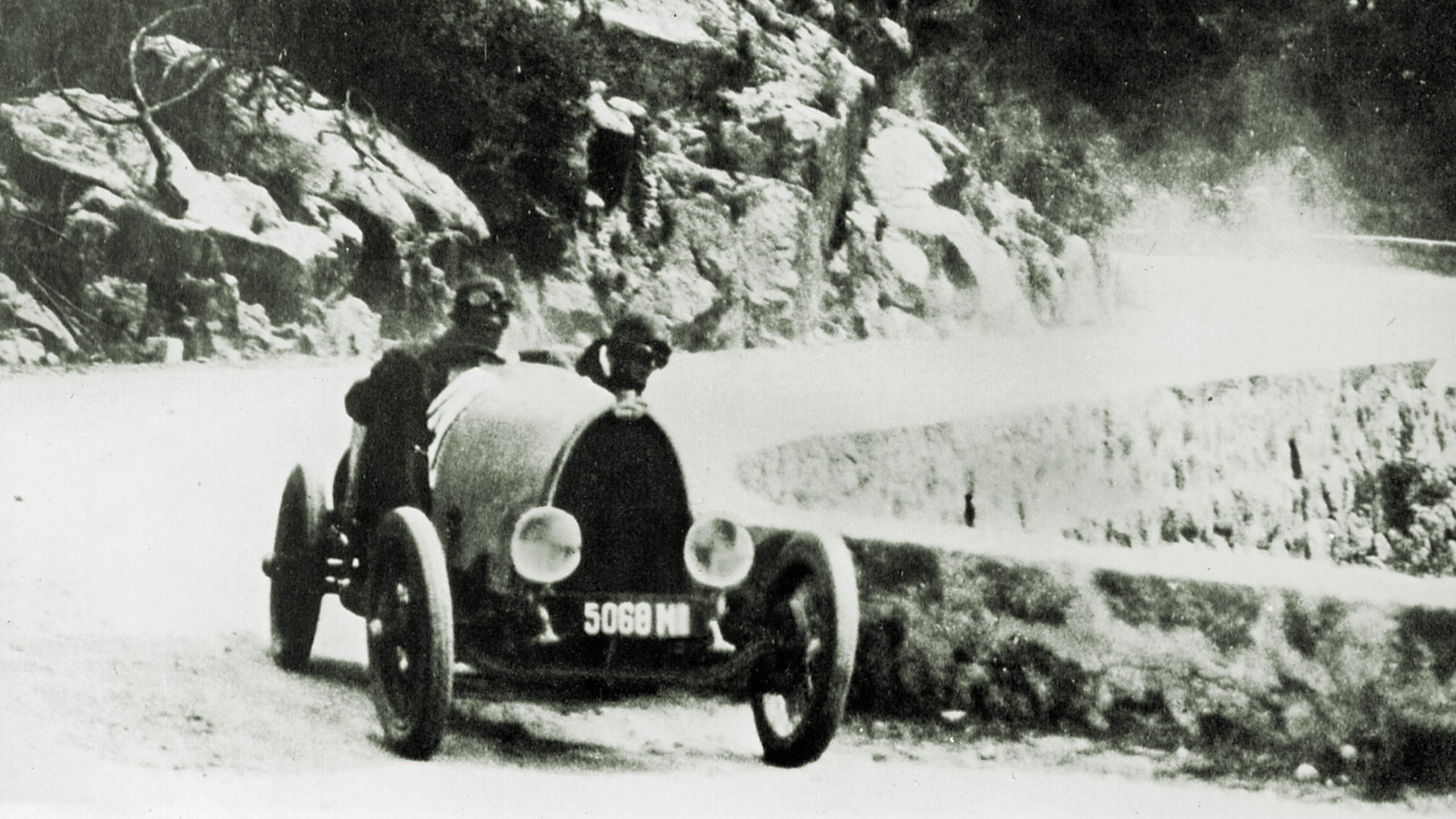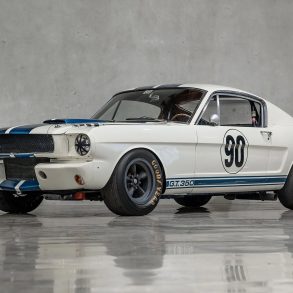In March 1922, behind the wheel of the Bugatti Type 13, Jean Mabille claimed victory at France’s historic hill climb course, the La Turbie. 100 years later, Bugatti retraced their grueling yet rewarding journey with the most agile Bugatti yet – the Chiron Pur Sport.
The La Turbie hill climb at the north of the Principality of Monaco overlooking the Mediterranean sea, is filled with sharp corners and steep inclines that it demands the complete concentration of the driver. A small mistake can mean the difference between victory or failure.
A century ago, Jean Mabille had his sights set on victory and his eyes on the road as he maneuvered the Type 13 perfectly through all the twists and turns of the La Turbie. It was definitely a challenge as the road course was filled with potholes, sand, and stones.
In the 6.3 kilometer long course, Jean Mabille performed perfectly in the Type 13 Bugatti, which was also flawless in its performance allowing it to claim victory after at the eighth edition of La Turbie.
Ettore Bugatti was thrilled, and those who watched the event were impressed. To celebrate Jean Mabille’s victory in the Type 13, Bugatti went back to the French route in a unique Chiron Pur Sport, considered to be the modern equivalent of the agile, reliable, and inspiring creation of Ettore Bugatti.
La Turbie hill climb evokes a feeling of exhilaration in motorists. The village of La Turbie is roughly 450 meters above Monaco on the Tête de Chien cape. In 1897, when the first Speed Week was held in Nice, cars were lined up for different competitions which included the hill climb. It started from Nice and ending in La Turbie. It was the first recorded hill climb for automobiles. Eventually, it became the first race during the European hill climbing season. In the succeeding years, racing drivers and marques get together at la Turbie to show the agility and reliability of their vehicles. A century ago, the hill climb concentrated more on simply crossing the finishing line and not about being the fastest.
Looking back at Magnificence
Since 2020, in their Atelier in Molsheim, Bugatti has been producing hyper sports cars that correctly represents their predecessors like the Type 13. The Chiron Pur Sport has high-downforce aerodynamics, shorter transmission ratio, newly developed chassis and it was specifically calibrated by Bugatti to deliver exceptional handling, agility, and quite simply pure driving pleasure. All the mentioned traits has made the Pur Sport the most agile model of the Chiron line, building on the philosophy of the legendary Type 13.
Wrapped in beautiful silver and green livery, the Chiron Pur Sport also drove on the hill climb route through La Turbie to retrace the century-old tracks of the Type 13.
Bugatti Automobiles President Christophe Piochon shared, “With its victory in the famous La Turbie hill climb 100 years ago, Bugatti demonstrated that its vehicles offered incomparable performance with their high quality, high-grade materials, and workmanship. We have maintained this tradition to this day and are also taking it into the future. It is therefore entirely fitting for the Chiron Pur Sport to celebrate the centenary of this achievement a modern day expression of the experience and engineering knowledge Bugatti gained all that time ago.
Recipe for Universal Success
From 1904 to 1908 and during the First World War, there was no race held at the La Turbie. It was in 1922 that a lot of racing drivers and marques returned to the famed hill climb to pursue glory at the event’s eighth edition. And one of them was Bugatti who entered the race with a Type 13, which was a well-engineered, fast, and reliable sports car for its time.
It was in 1911, when Ettore Bugatti first introduced the combination of lightweight bodywork with a powerful and reliable engine. The Type 13 went on to claim second place in the French Grand Prix. In 1919, after the First World War, production of the Type 13 resumed although there was now some great advancements in technology. The car was given a 1.3-liter four-cylinder engine with a four-valve cylinder head.
It was the first time that the four-cylinder head was used on the Type 13, and in turn, the Type 13 became one of the first automobiles to have a four-valve technology. Other upgrades included the use of white metal for the crankshaft bearings, they also added a pump that sprayed oil on specific parts of the Type 13. Starting 1920, Bugatti added the dual ignition with two magnets in the racing version of the four-cylinder. Ball bearings were also added to make the crankshaft run a lot smoother.
It made its first major appearance in the French Grand Prix in Le Mans racing under the voiturette (lightweight race car) category. The Type 13 completely dominated the race as there was a full 20-minute gap between the Type 13 and the runner up.
In 1920, Bugatti made another upgrade on the Type 13. He raised the displacement of the vehicle to 1.5-liters and it helped boost the power to up to 50PS. The total weight of the car was only 400 kilograms, it helped provide a sportier performance and provide a top speed of 150 kph. Reliability was also greatly improved. It was rare for the lightweight race car to have a problem with flat tires and broken axles. In the next few years, different drivers also scored big in the Type 13.
In 1921 in Brescia, Bugatti claimed the top four spots in the Grand Prix for Voiturettes using the Type 13. Successors of the Type 13 had a four-valve engine with the Brescia moniker.
Aside from dominating the racing scene, the Type 13 brought about the golden decade of Bugatti, also helping them grow as a marque. Currently Bugatti has successfully used the Type 13 concept to vehicles with different lengths like the Type 15, Type 17, Type 22, and Type 23. The Type 13 and Type 35 race cars has made their mark in Bugatti’s history. They continue to inspire Bugatti’s hyper sports cars of the modern age until today.
















